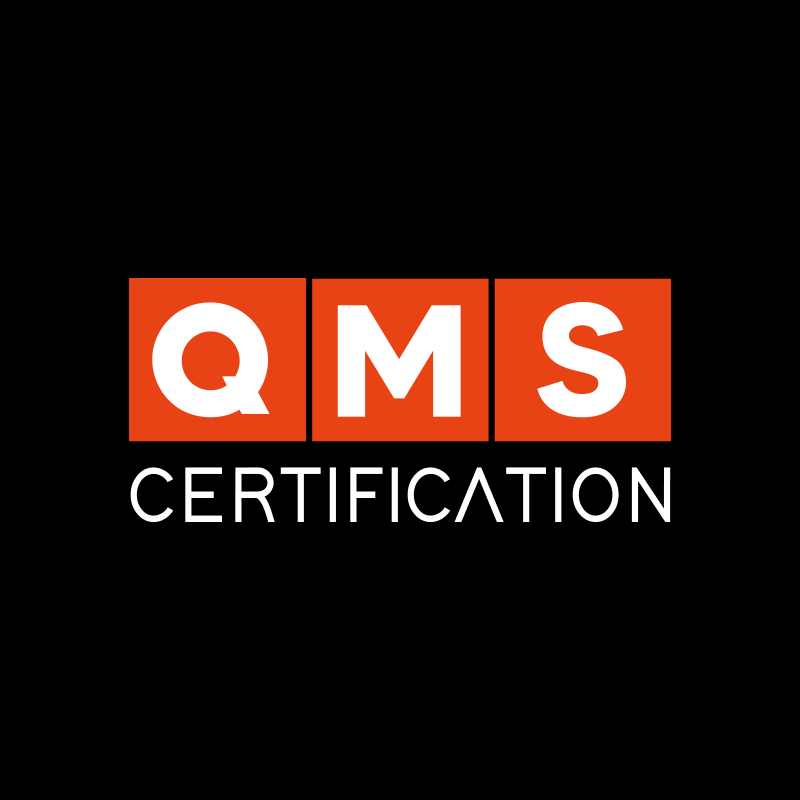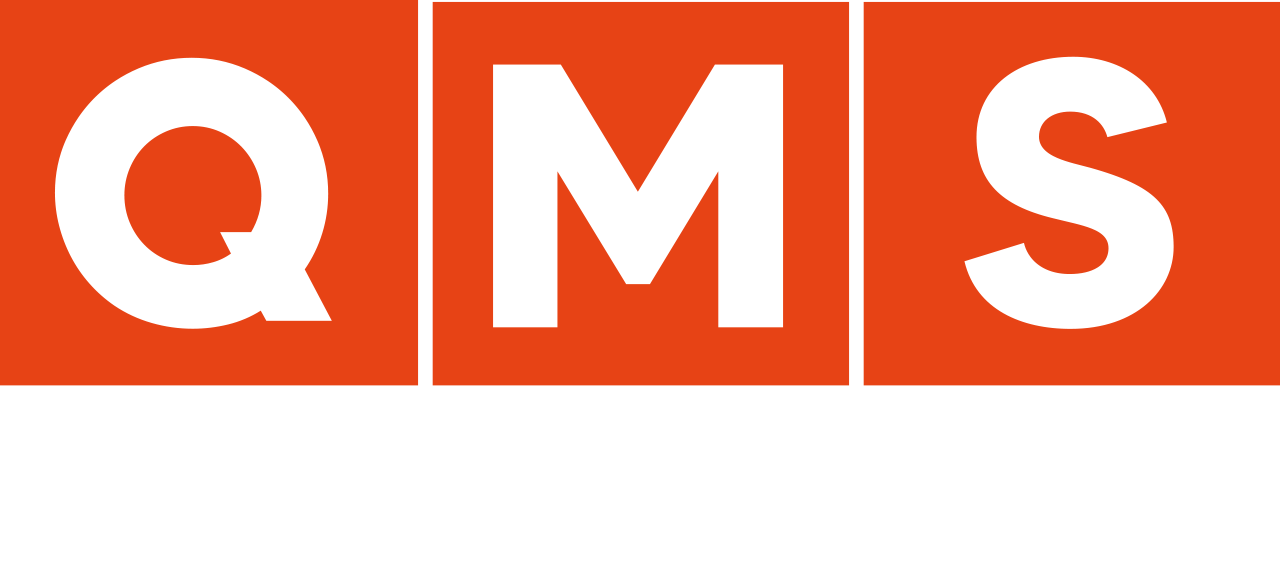Companies that do not engage in Process Mapping often face a series of problems and difficulties. Typically, they struggle with high inefficiency, low quality of the final product or service, and a significant inability to compete in the market. In addition to the high number of non-conformities, defects, and failures.
This is because unmapped processes also tend to have many unresolved bottlenecks, which lead to delays and slowness. All of this results in great difficulty in adapting to changes in context (whether external or internal), which also increases production costs and, worst of all: leads to failures that significantly reduce customer satisfaction!
Therefore, every good manager knows that Process Mapping is a fundamental practice for any organization seeking to improve its effectiveness, efficiency, quality, and overall performance! In other words, it is crucial for organizations to invest in the documentation and thorough analysis of their processes!
In an effort to help you in this process, today we will discuss the importance of Process Mapping. We will mention three fundamental aspects that are not always taken into account by company managers. Additionally, we will also provide a comprehensive video on the subject, with many tips and a complete demonstration of how to map an organization’s processes! That said, let’s get started?
1st – Good Process Mapping generates standardization and consistency
The basic principle for a company to be efficient is standardization. Without standardization, everything becomes more complex, from daily execution to employee training. In addition, standardization ensures reproducibility, allowing us to intensify what works and eliminate what doesn’t.
In this context, process mapping allows us to establish consistent, continuous, and applicable standards and procedures for the execution of all activities. This ensures that everyone involved in the process follows the mapped and standardized practices. It also helps to avoid unwanted variations in results, as well as enables some predictability about the outputs we generate every day.
2nd – There is no Continuous Improvement without Process Mapping
Once we map and standardize the process, it is possible to monitor it, measuring its performance over time. This allows us to identify areas with low performance, high levels of non-conformities, or areas that simply need or can receive improvements.
Additionally, with mapped processes, it is possible to implement changes in a safer and more targeted manner. Mapping enables us to understand exactly which areas need improvement, as well as the impacts of changes in the process. Thus, when making a change, we can control its effects and shape activities focusing on improvement.
Moreover, directly and indirectly, mapping also fosters reflection on the stages, inputs, and outputs of processes, promoting a culture of continuous improvement within our companies.
3rd – Correct Process Mapping guides decision-making
This is certainly the least discussed factor when it comes to Process Mapping. However, with mapped processes, it is possible to support decision-making and ensure standardization and accuracy.
This happens because mapping provides valuable information that can be used to support strategic decisions. By correctly mapping activities, we highlight risks, identify potential non-conformities, discover needs for inputs and outputs, as well as analyze possibilities that may have been hidden before.
All of this helps us better understand how processes are interconnected and how they impact organizational objectives (systemic view). Thus, leaders and employees can make more informed and assertive decisions, aligned with the overall vision of the company and the requirements of processes and stakeholders.
Process Mapping: the Key to Success!
Regardless of the size of the company (small, medium, or large), Process Mapping is the key to clarity and generating increasingly improved outputs with increasingly optimized inputs. It is a powerful tool for streamlining operations, ensuring consistency, and driving continuous improvement. In summary, mapping processes is an investment that can yield extremely significant returns.
And that’s not to mention other aspects of management that can also benefit from this practice. In employee safety, for example, mapping can help identify risks and hazards, as well as pinpointing where to implement safety measures to protect workers. Similarly, environmental management can benefit from various mapping outcomes, such as more efficient use of energy resources, increased monitoring, and the possibility of environmental reports, as well as implementing practices targeted at stages that generate more pollutants or are more sensitive to the environment. And these are just a few examples.
In summary, we can say that companies that neglect Process Mapping face a veritable cauldron of problems: inefficiency, questionable quality products or services, and low competitiveness. Unmapped processes end up becoming real labyrinths, full of bottlenecks, pitfalls, and breakdowns that delay production and create problems. But don’t worry, we’re here to help you avoid these pitfalls!











